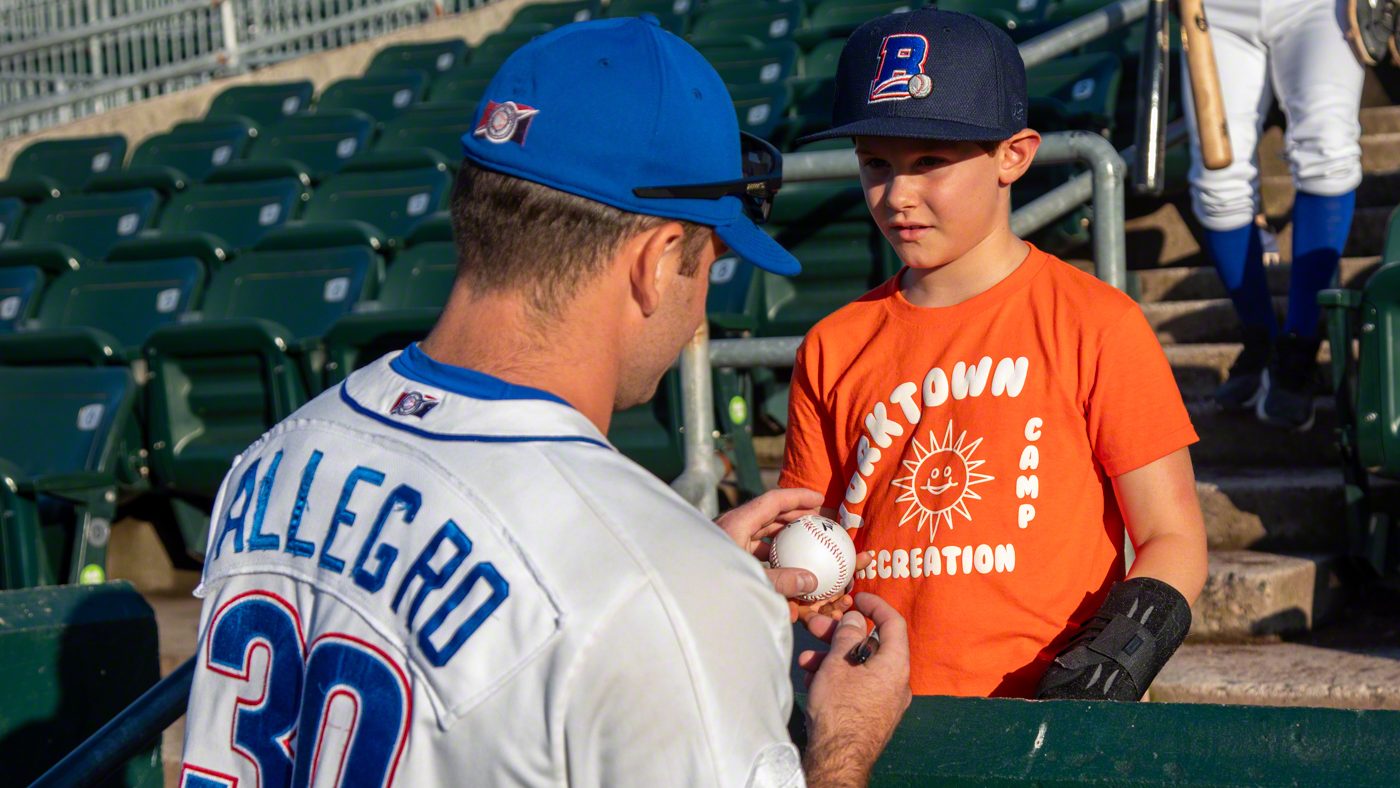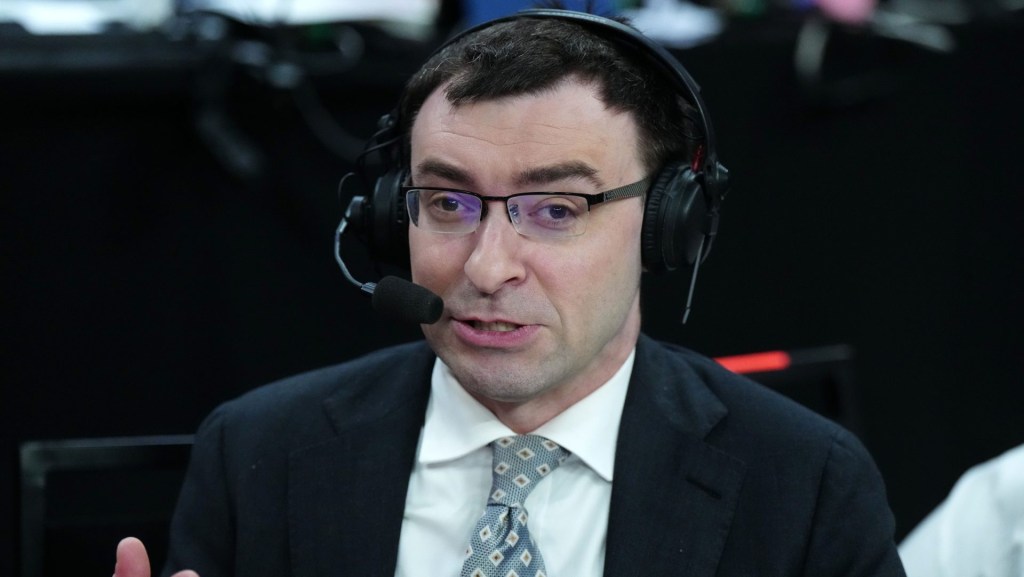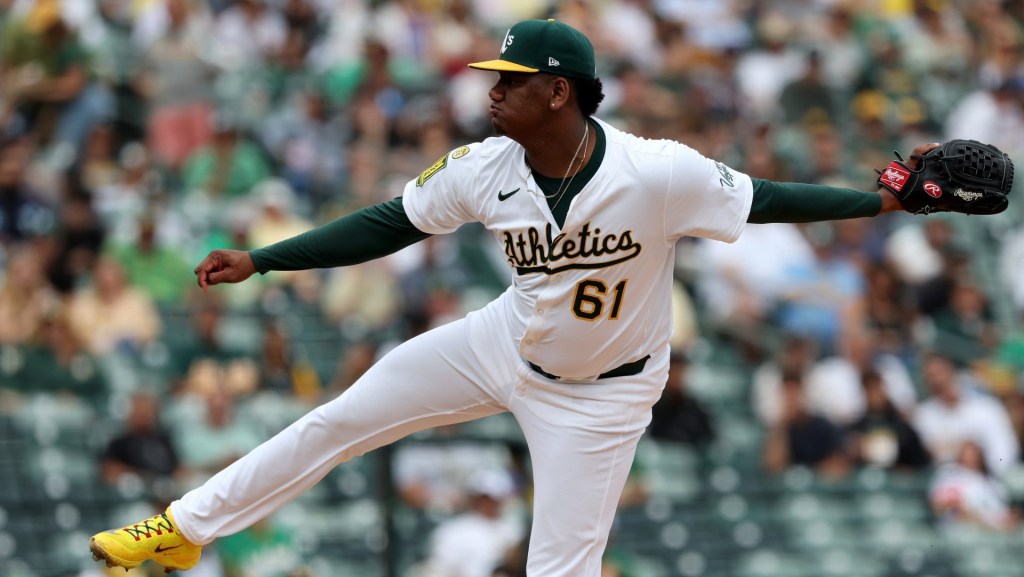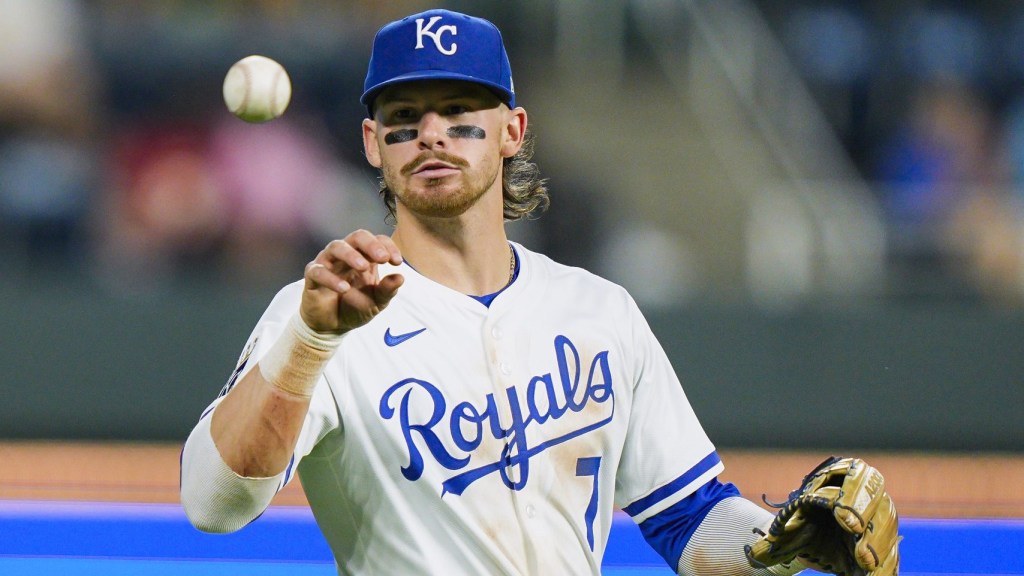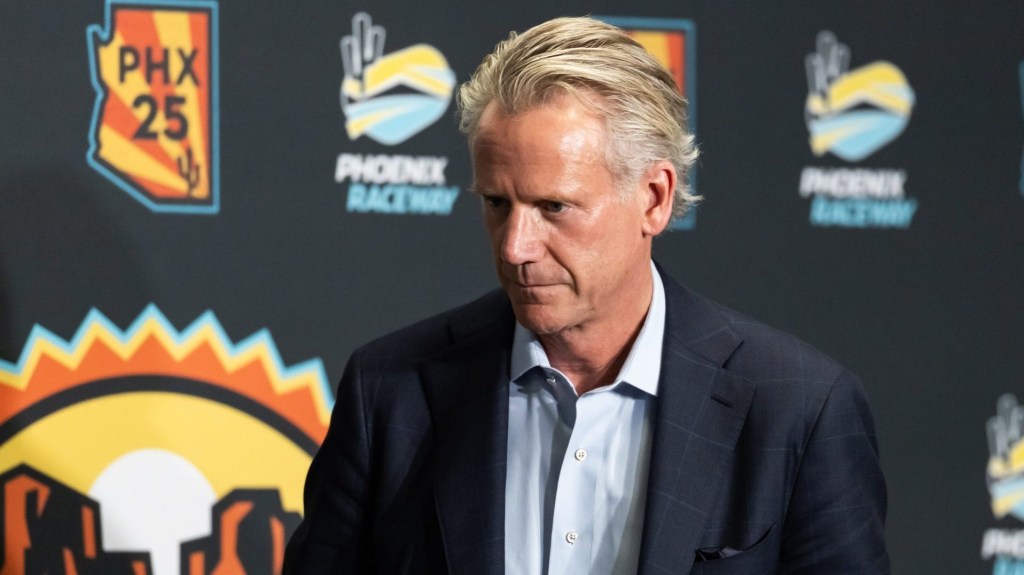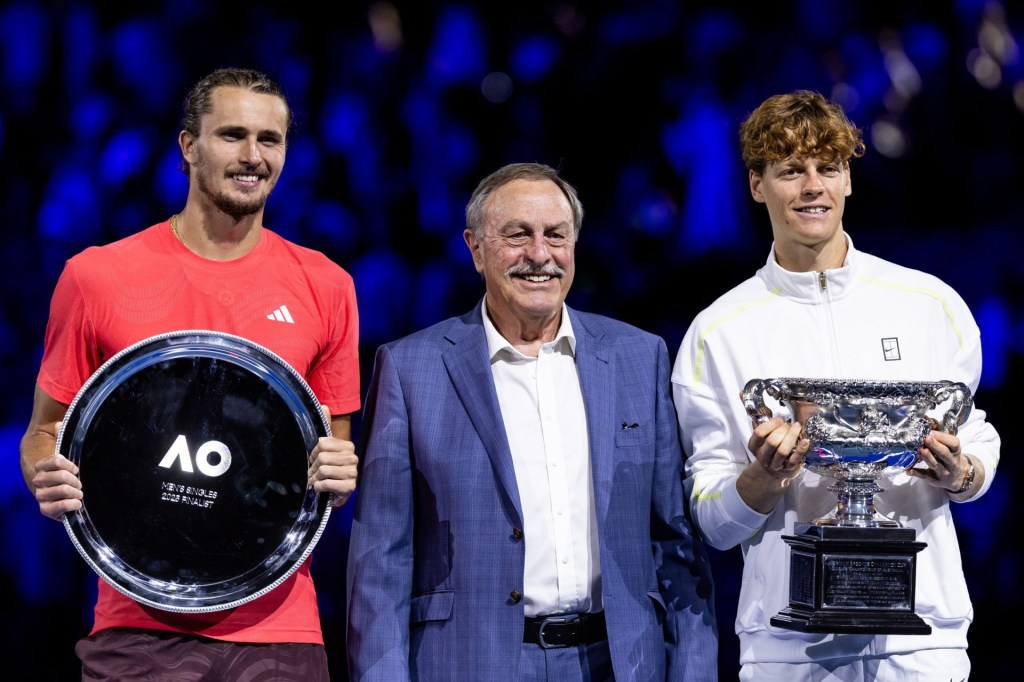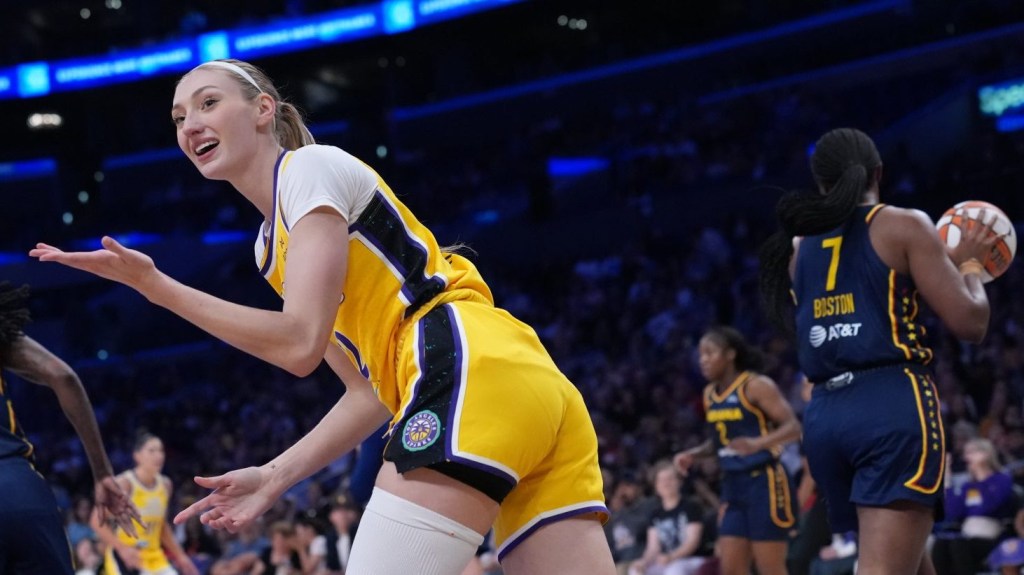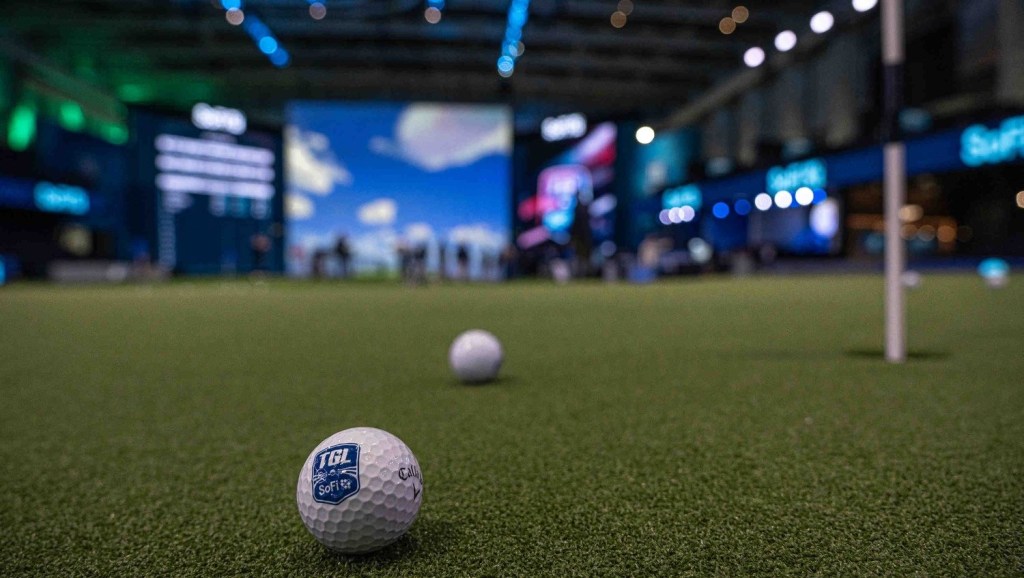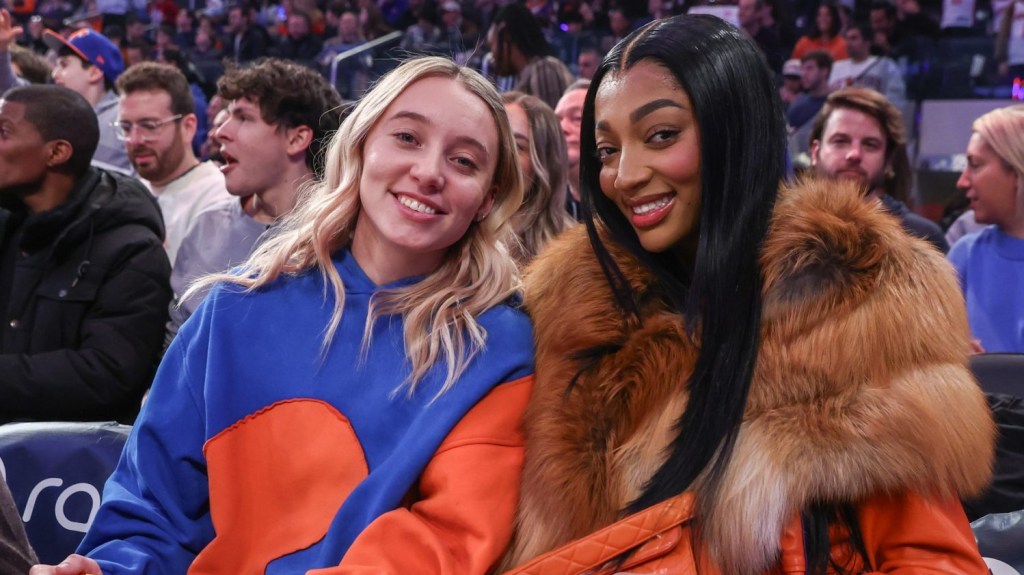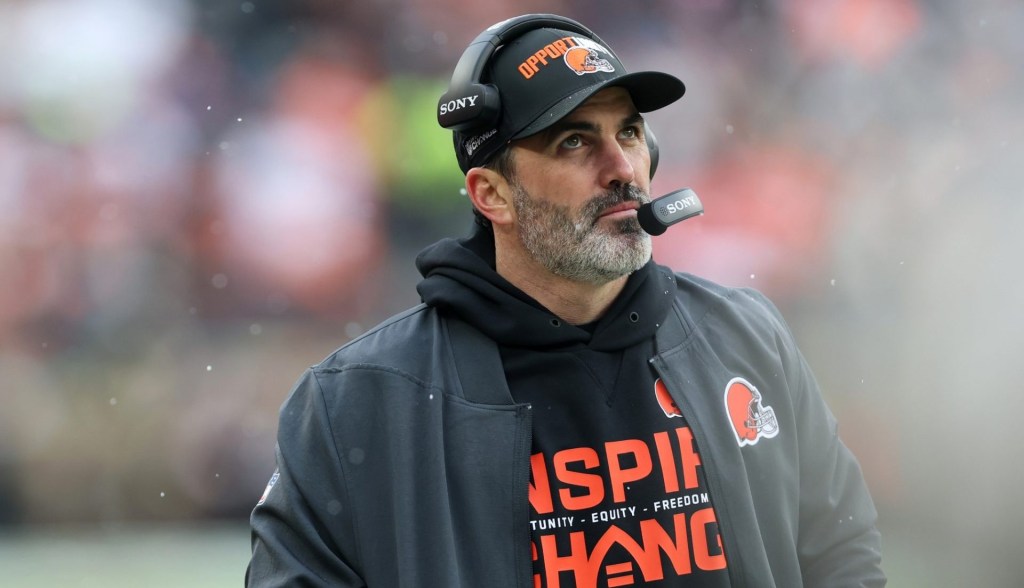Woven into the sprawling web of affiliated Minor League Baseball, seven independent leagues pepper North America. Their stadiums and players are, for the most part, off the radar of big league fans.
Among them is the Ohio-headquartered Frontier League. The group comprises 16 teams in the U.S. and three in Canada, and it is one of four MLB Partner Leagues. It’s small and operates lean: The league office employs only five full-time staffers, and the organization is technically a nonprofit. Individual teams generate its revenues, which range from $1.8 million to $4.1 million. The Frontier League has franchises in the suburbs of several sizable markets east of the Mississippi River, including Chicago, Montreal, and Cleveland.
In the New York market, there are three teams, including the New York Boulders. The Boulders play in Rockland County, N.Y., just west of the Hudson River and about 40 miles from New York City. The roughly 6,000-seat Clover Stadium, a stout building with open sightlines that perfectly frame golden-hour light, also serves as the home for a Division I and D-II NCAA baseball team, and it regularly hosts kickball leagues and community events. And although the Boulders certainly have their local die-hards, seats are sometimes filled with newcomers entering on promotional tickets. On one pleasant August afternoon for a game against the Québec Capitales, many spectators were decked out in New York Rangers gear, the beneficiaries of free entry from the NHL’s Junior Rangers youth hockey development program. They were greeted near the gate by former Rangers enforcer Colton Orr, slinging autographs.
For Frontier League athletes, whose salaries average $1,500 per month on top of no-cost housing and a small per diem, the next step isn’t locking up millions with MLB—it’s finding their way onto an affiliated MiLB team, with a clearer path to the bigs. But the league does mint MLB athletes: According to commissioner Steve Tahsler, there are seven active former Frontier League players on big league rosters.
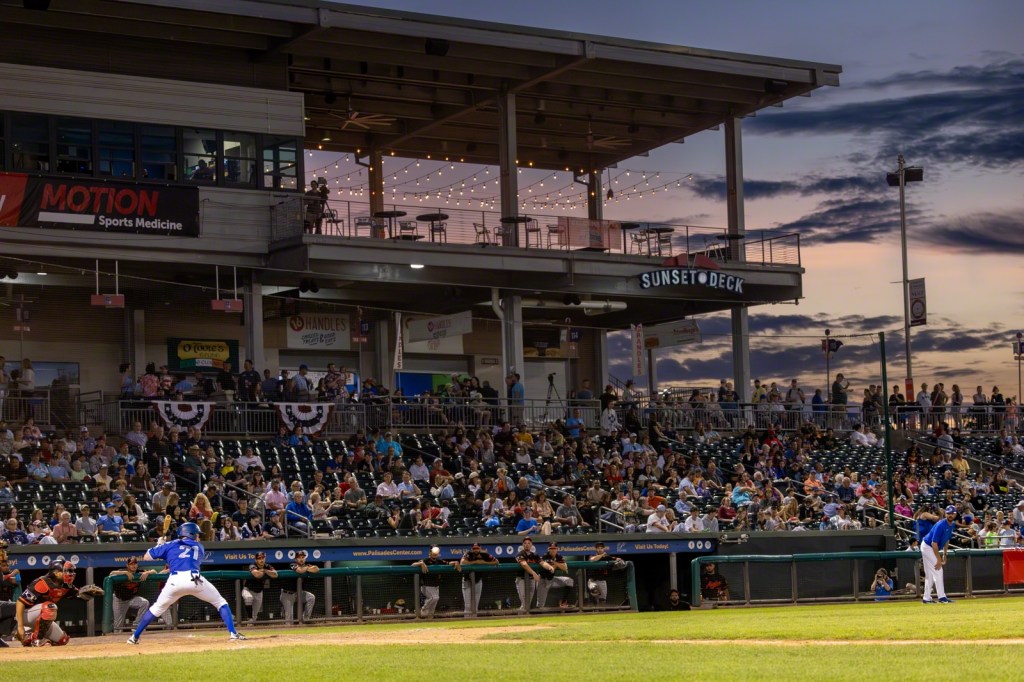
The odds of getting to show are always slim, no matter the level of play, but the dreams are still huge. Every little push helps. That’s why the Boulders made a small change at Clover Stadium this season. During each plate appearance for their players, the slide on the outfield video screen includes the batter’s photo and stats, as usual, but also his Instagram handle.
“We’re the first ones that went ahead and did it,” says Sara Bayles, the team’s promotions and social media coordinator, who designed the graphics. She adds she doesn’t know of any other minor league team that adds the handles, both within the Frontier League and across other independent organizations.
The addition is important to the players, says Boulders second baseman Nick Gotta, age 31. “With social media, you don’t really think about it being a big thing, but it allows the fans to find us and see our daily lives, and make those day-to-day connections,” says Gotta, a seven-year professional baseball veteran. This season was his first with the team. “A ton of fans from the Boulders this year have reached out to me on social media, and it’s great because their kids are coming to the games and I’m signing baseballs for them, and they’re messaging me after like, ‘Hey, that’s so nice that you talked with my kid and signed a baseball.’”

It’s a little change that the Boulders hope will go a long way for player development in a new era of high media visibility for athletes and wild parasocial fan relationships. “It helps bond the players to the community … but it also prepares them as they move along in terms of communication, public relations, interviewing skills,” says Tahsler. “That’s a skill set that they didn’t need 30 or 40 years ago. But today, it’s a major part of how they focus and how they operate.”
Gotta says the constant personal interaction helps beyond the field, priming players not only as they progress through the professional pipeline, but also once they go into coaching ranks or front office jobs.
Pointing fans to athletes’ Instagrams is also humanizing. The profiles of independent-league players are small; 28-year-old utility player Chris Kwitzer, a “fan favorite,” according to Bayles, has about 2,800 followers. (The team itself has about 9,500.) So, Bayles says, “It creates a sense for them that they’re playing in a place where people really care about them. … It’s their accomplishments within our team, but also just their own personal day-to-day life that people get a sneak peek into. It furthers the connection of the fans who then want to keep coming back.”
Getting people to the ballpark means everything, says Gotta, especially when few non-fans understand independent minor league baseball—and even question whether the level of play is professional. “I don’t blame them, but sometimes they don’t realize actually how high quality a product is out there on the field,” he says. “The fans that see the games consistently, they know.”
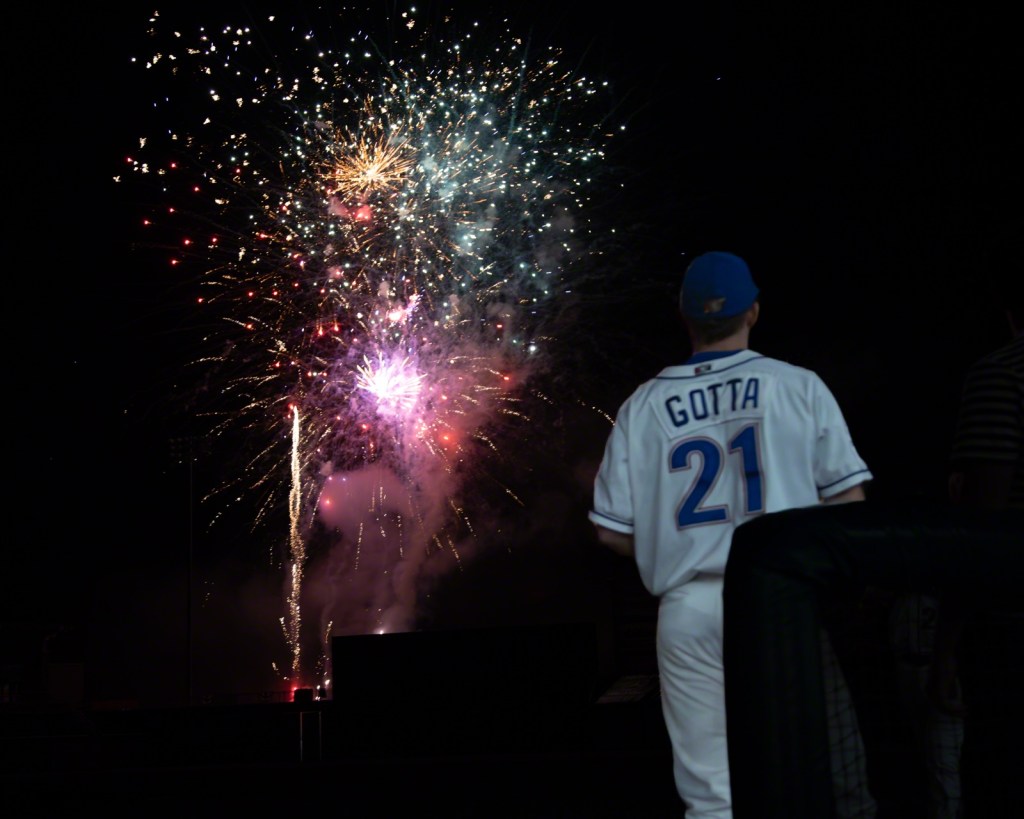
The social media focus is logical for the players’ continued development, but Tahsler argues the increasing emphasis on Instagram is crucial for the league’s trajectory, too. “The percentage of messages we get through [social media] as opposed to traditional emails is swung heavily towards Instagram,” he says. “That’s how people are communicating. We need to be able to communicate back with them in the same manner.”
And for the Frontier League and its athletes, a direct line into fans is not only a catalyst for growth but also a crucial point of differentiation. That’s especially true in the crowded markets where the league’s teams play; in the Boulders’ territory, fans can skitter about 45 minutes north to see the Yankees’ High-A affiliate Hudson Valley Renegades, or watch their Double-A Somerset Patriots just a little farther away into New Jersey.
“You don’t just get to watch the game, but you’re so close [to the action],” says Tahsler, who is a 28-year veteran of the Frontier League. “You get to interact with the players and you get to shake their hands or get their autographs, take their pictures. When things go well, you can celebrate with them. When things go poorly, you can commiserate with them.”
“What we do is strictly independent,” says Bayles. “Like, Phillies fans [for example] aren’t clamoring to this team because it’s the affiliated team. … We make fans on our own. So, by having them connect with our players on a more personal level, it just furthers our own fan base. It helps players move on to the Show.”
The Boulders just wrapped their 14th season. Fans have filtered out of Clover Stadium and turned their attention to the major league playoffs, especially in Yankees territory. And it’s back to real life for the Frontier League players. During the year, Los Angeles–based Gotta has been coaching baseball and substitute teaching in special education and the humanities, and he’s working out where to pursue his teaching credential. He says some of his teammates are in graduate school or fitness-related jobs, and one is a car salesman.
Next May, though, the dream reignites for these athletes. Fans know where to find them.
